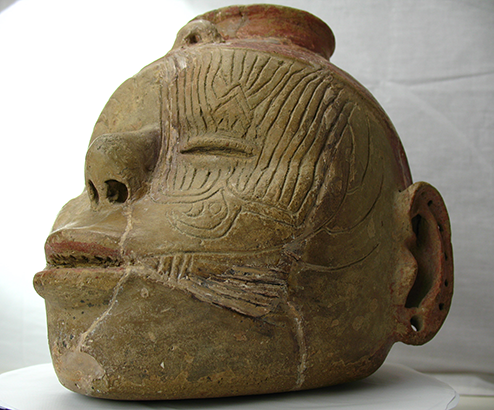We are thrilled to announce our first SAROI Fellow cohort! The 2021-2022 SAROI Fellows hail from all parts of the United States and represent a range of colleges and institutions, early career stages, areas of research foci, and spatial archaeological applications; however, they are united in their passion for the humanistic social sciences and their mutual commitment to diversity and inclusivity within the spatial humanities. They are: Wolfgang Alders, University of California Berkeley; Brandi Bethke, Oklahoma Archaeological Survey; Kaitlyn Davis, University of Colorado Boulder and United States Forest Service; Graham Goodwin, University of California Merced; Kristin Landau, Alma College; Brandi L. MacDonald, Missouri University Research Reactor and University of Missouri Columbia; Joshua Robinson, Boston University; and Camille Westmont, University of the South.
Learn more about our 2021-2022 Fellows here.
